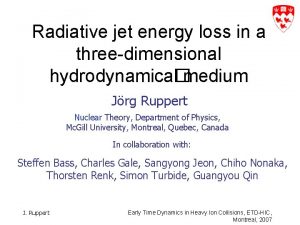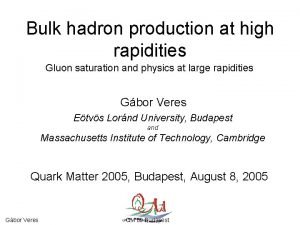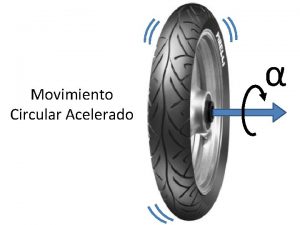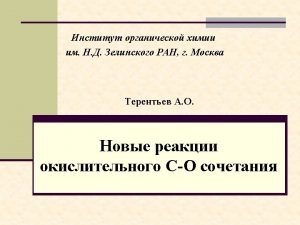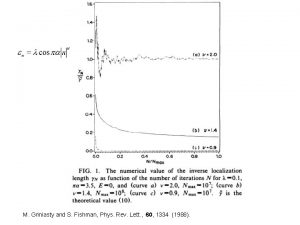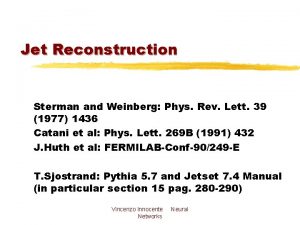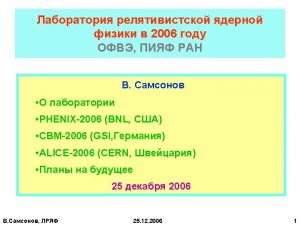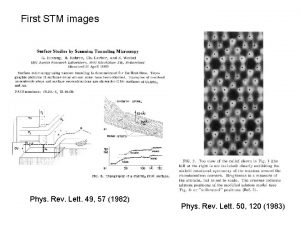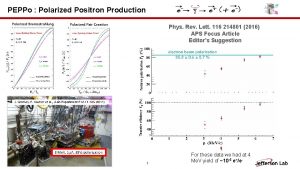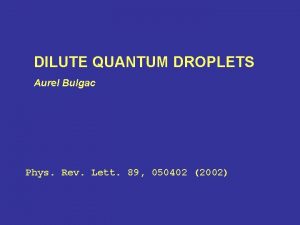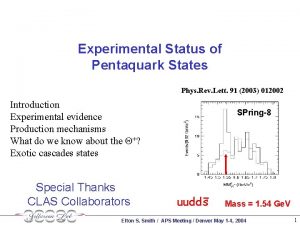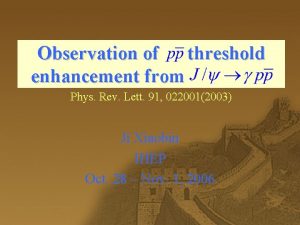M Griniasty and S Fishman Phys Rev Lett









- Slides: 9

M. Griniasty and S. Fishman, Phys. Rev. Lett. , 60, 1334 (1988).

M. Griniasty and S. Fishman, Phys. Rev. Lett. , 60, 1334 (1988).

Figure 3: (a) The distribution of χ2, calculated for single sequence elements (k=1) from the sequence xn={αn 2} (histogram), compared with the corresponding theoretical distribution expected for a truly random sequence (smooth curve). (b) Absolute value of the area difference (A) between the histogram and theoretical curve in figures similar to (a), as a function of r, for various sequences. N. Brenner and S. Fishman, Nonlinearity, 4, 211 -235 (1992).

Figure 4: Same as in the previous figure but for the distribution of pairs of consecutive sequence elements (k=2). N. Brenner and S. Fishman, Nonlinearity, 4, 211 -235 (1992).

Figure 5: Same as in the previous figures (here k=1) for xn={αn 2. 1}, where α= 1/(2· 31/2). N. Brenner and S. Fishman, Nonlinearity, 4, 211 -235 (1992).

A Figure 6 N. Brenner and S. Fishman, Nonlinearity, 4, 211 -235 (1992).

Figure 7: Same as the previous figures for xn={αn 3/2}, α=π, single elements (k=1). N. Brenner and S. Fishman, Nonlinearity, 4, 211 -235 (1992).

Figure 8: xn={αn 3/2}, distribution of pairs (k=2). The number of pairs N =104, and the number of realizations r =100: (a) the first N pairs; (b) N pairs starting from the vicinity of around 107. N. Brenner and S. Fishman, Nonlinearity, 4, 211 -235 (1992).

Figure 9: Results for the “folded Fibonacci sequence”: (a) as in Fig. 3 (k=1); (b) as in Fig. 4 (k=2); (c) inverse localization length in the nearest-neighbour model with E=0. N. Brenner and S. Fishman, Nonlinearity, 4, 211 -235 (1992).
